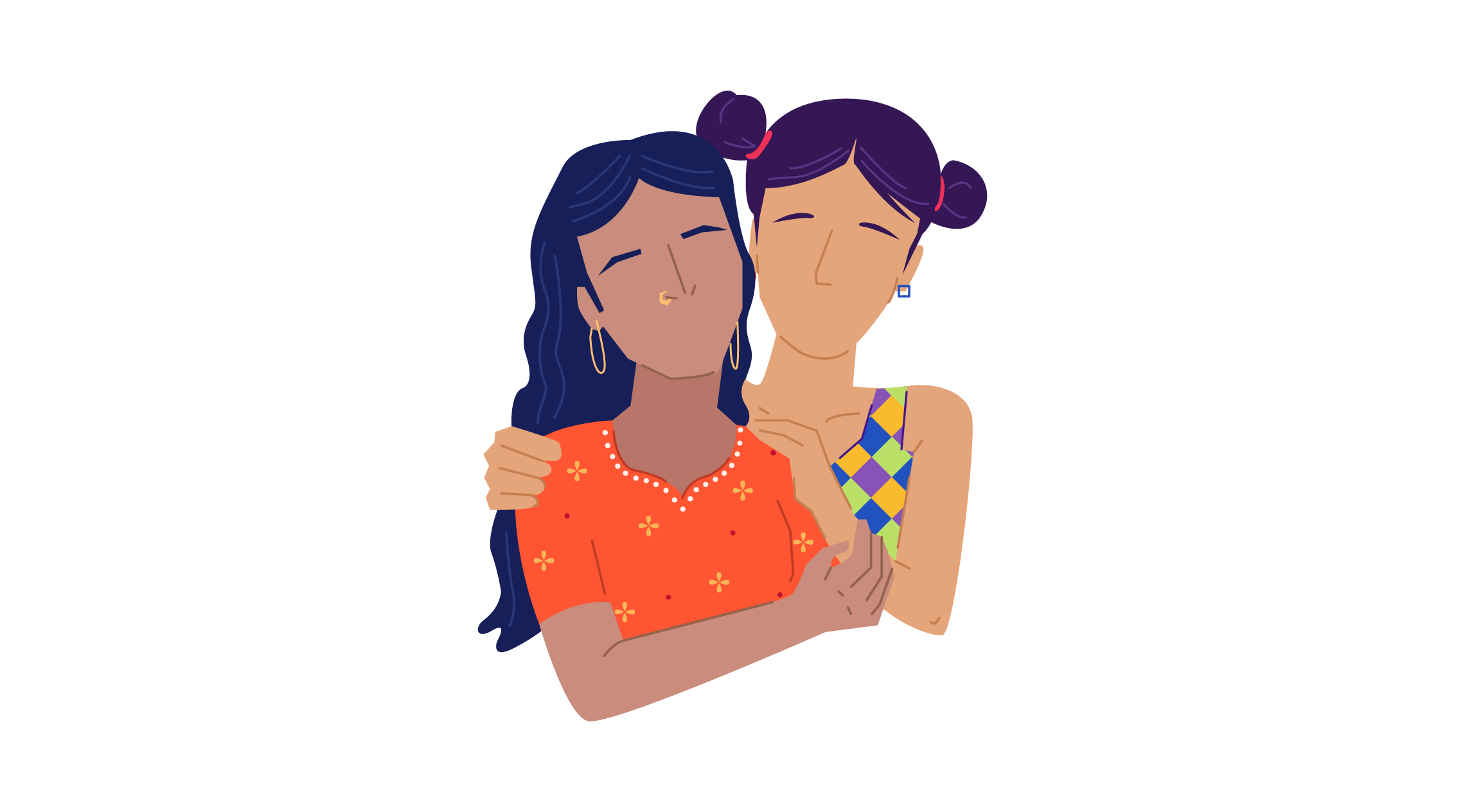I
n the Hindu month of Chaitra, the hijra community travels by the thousands to the towns of Villupuram and Ulundurpet in Tamil Nadu to play out the story of Aravan from the Mahabharata.
According to legend, Aravan is one of Arjuna’s sons. To ensure victory for the Pandavas, he offers to sacrifice his life. In return, he asks for three boons. He wants to die a hero’s death during battle; he wants to watch the entire battle, even after death; and he wants to experience marital bliss. The first two boons are easy to grant: he will be honourably beheaded and his severed head will oversee the war. The third boon poses complications. None of the women want to marry him and become widows the very next day.
So, Krishna takes on his female avatar of Mohini and weds Aravan, spending a night with him as his wife. The next day, Mohini mourns his death as his widow. To commemorate this legend, the hijra community gathers each year at the Kuttantavar Temple in Koovagam village in the Ulundurpet region. Members of the community take on the role of Mohini, and enter into ritualistic marriage with Aravan, the temple deity. It is common for hijras to marry their lovers during the event.
The final two days of the 15-day festival are marked by three events: mass marriages between hijras and the deity as well as their cis-gendered male lovers; a mourning period marked by loud crying, the beating of chests and breaking of glass bangles; and sex, representing the fulfilment of marital bliss, in the sugarcane fields and lodges nearby. In the past decade or so, events have included a transgender beauty pageant for the title of Miss Koovagam, whose winner gets to have her thali-chain tied in the temple’s sanctum sanctorum, and sexual health seminars sponsored by NGOs.
There are those who accept the idea of marriage, and those who participate in ritualistic versions of it. There are also LGBTQ+ persons for whom the institution itself is deeply attractive. As a young child growing up in the Namakkal municipality of Tamil Nadu, the transgender activist, writer and theatre-maker Revathi would sit at the threshold of her house, transfixed at the brides being led through the streets of her village.
At 16, Revathi began to grow out her hair. She had just failed her tenth standard exams, and was plotting to run away from home to join the hijra community in Mumbai. But she postponed her plans to stay back for her elder sister’s wedding. The wedding rituals took place over seven days at their family home. For every ritual, Revathi would sit right next to her sister and imagine herself in her sister’s stead.
In one set of wedding rituals in her community, the bridegroom enacts marriage with the bride’s younger brother: he ties the thali-chain, the pair hold hands, and then they lie together on the bed intended for the married couple’s first night together. Revathi was excited and eager to perform these parts of the wedding ceremony, but couldn’t show any of these emotions. “I had to constantly remind myself that everyone around me saw me as a boy,” she said. Those seven days at her sister’s wedding were a thrill but also a kind of torture. “It was like watching someone eat a whole plate of biryani but you’ve got to be satisfied with only the smell.”
Revathi’s turn came when she was 32. She had joined a Bengaluru-based NGO that worked for sexual minorities as an office assistant. That is where she fell in love with her boss. “Even more than his looks and sex with him, I loved other things about him. He was a very hardworking man—he never seemed to look at the clock while working, and he was totally committed to the upliftment of our communities. Over time, I loved him and wanted to marry him,” she said.
He agreed to marry her but refused to participate in any of the Hindu rituals, such as tying a thali-chain around her neck. Revathi went along with his preferences. With her guru from the Ulsoor hammam, her gurubais and chelas
as witnesses, Revathi got married to the man she loved at the Mariamman temple in Shivaji Nagar. “No one came from his side,” she told me.
For her, it was the fulfilment of a long-held dream. In hindsight, Revathi said, she realises that the community just saw them as the activist couple who had taken a radical stand within the LGBTQ+ movement. In some ways, the relationship was equitable. Revathi and her husband shared a house and financial responsibilities. But in other ways, she felt like there was an imbalance: she was expected to take care of all housework while holding down her job.
Soon, professional and political differences began to affect the couple’s equation. Particularly, Revathi’s husband was displeased by her equation with one of her chelas, Famila.
“Famila worked at the same organisation. My husband and she were constantly at each other’s throats because of a new rule that full-time employees could not engage in sex work,” Revathi told me. “My relationship with Famila became a major issue. Somewhere along the way, we fell out of love with each other. He wanted to open up our marriage, he wanted to be a free bird and have sex with other people.”
